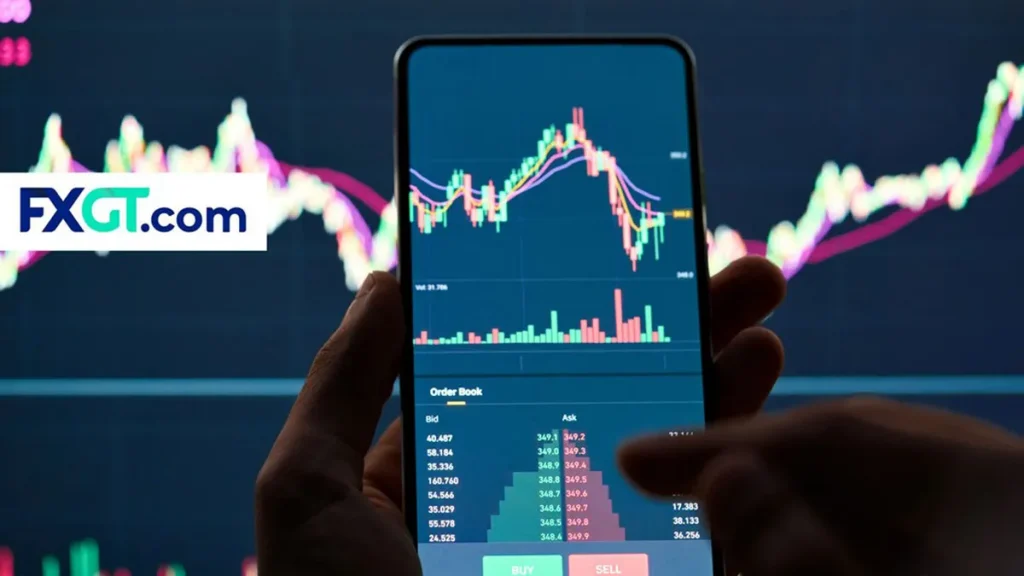The Australian Dollar: A Comprehensive Market Analysis for Malaysian Traders
In the dynamic landscape of forex trading, the Australian Dollar (AUD) stands out as a currency characterized by its “bad” nature – a term reflecting its intense volatility and significant market impact. For Malaysian traders and investors, understanding the AUD’s unique characteristics has become increasingly crucial as regional economic integration deepens and cross-border investment opportunities expand.

Market Position and Global Significance
- Ranked 6th in global forex trading volume
- Represents 7% of daily global forex transactions
- Primary trading pairs include AUD/USD and AUD/JPY
- Maintains strong correlation with Asian economic indicators
- Features prominently in carry trade strategies
The Australian economy demonstrates remarkable resilience through its diverse economic foundations:
Economic Foundation Metrics (2024)
| Indicator | Current Value | Global Rank |
| GDP per capita | $62,596 | 12th |
| Export Volume | $498.4 billion | 24th |
| Mining Output | $202 billion | 4th |
| Agricultural Export | $49 billion | 7th |
| Foreign Investment | $718 billion | 8th |
International Trade Dependencies
The AUD’s value closely tracks Australia’s major export commodities:
- Iron Ore Market Share: 29.8% of global trade
- Coal Export Position: 12.2% of international market
- Natural Gas Exports: 9.6% of global supply
- Agricultural Products: Major wheat and beef supplier
- Education Services: Leading destination for international students
Understanding Regional Economic Integration
Australia’s strategic position in the Asia-Pacific region creates unique market dynamics. Malaysian investors benefit from recognizing these patterns:
Trade Flow Impact:
- China relationship influences: 35% of Australian exports
- ASEAN trade connections: Growing at 12% annually
- Japanese investment patterns: Second largest investor
- Malaysian bilateral trade: Increased 45% since 2020
Monetary Policy Considerations:
The Reserve Bank of Australia’s (RBA) decisions significantly impact AUD trading:
- Interest Rate Differentials
- Inflation Management Strategies
- Economic Growth Targets
- Employment Market Objectives
- Financial Stability Measures
Risk Assessment Framework
Understanding the AUD’s “bad” nature requires careful consideration of:
Market Volatility Factors:
- Commodity price fluctuations
- Global risk sentiment shifts
- Regional geopolitical events
- International trade tensions
- Natural disaster impacts
Investment Strategy Implications:
For Malaysian traders, the AUD presents unique opportunities through:
Strategic Approaches:
- Carry trade potential during stable periods
- Commodity price correlation trading
- Risk diversification opportunities
- Regional economic exposure
- Currency pair arbitrage
Advanced Trading Considerations
Professional traders monitor these key indicators:
- Australian Terms of Trade
- Chinese PMI data
- Global commodity indices
- RBA monetary policy statements
- Regional trade balance reports

FAQ
Why is AUD considered a "bad"" currency in Asian markets?
Its heightened sensitivity to regional economic factors, commodity prices, and global risk sentiment creates significant price movements that can be both challenging and opportunistic.
How does the Malaysian-Australian economic relationship affect AUD trading?
Growing bilateral trade, shared regional interests, and increasing cross-border investments create unique trading opportunities and risk considerations.
What makes AUD different from other major currencies?
Its strong commodity correlation, high interest rate environment, and significant exposure to Asian economic conditions create a unique trading profile.
How should Malaysian traders approach AUD risk management?
Implement strict position sizing, maintain awareness of commodity trends, and monitor regional economic indicators while maintaining appropriate stop-loss levels
What are the key timing considerations for AUD trades?
Consider Australian and Chinese economic data releases, commodity market hours, and the overlap of major Asian trading sessions.








